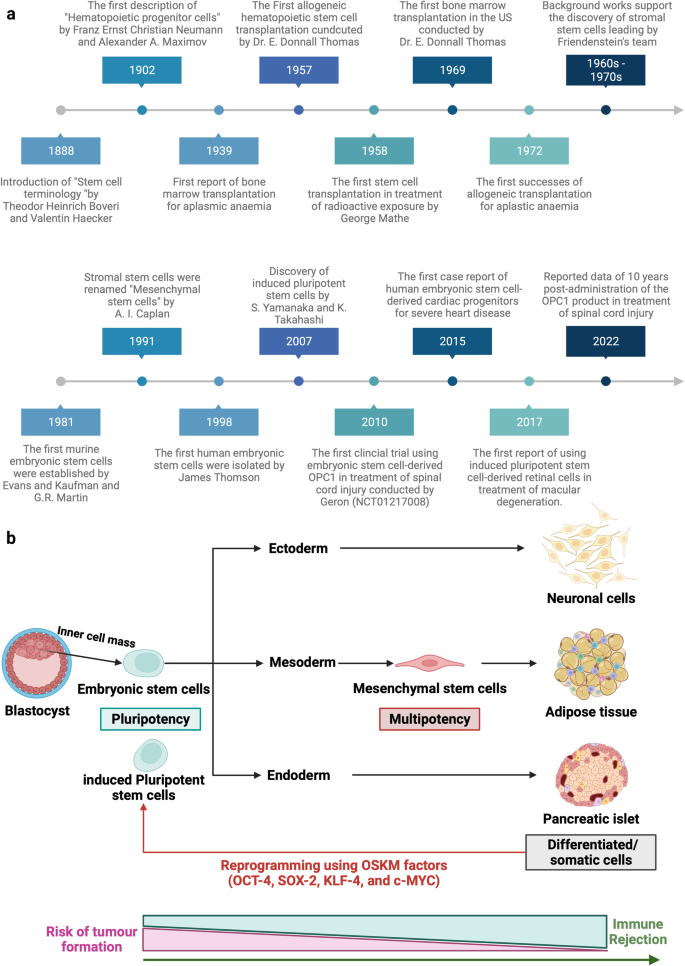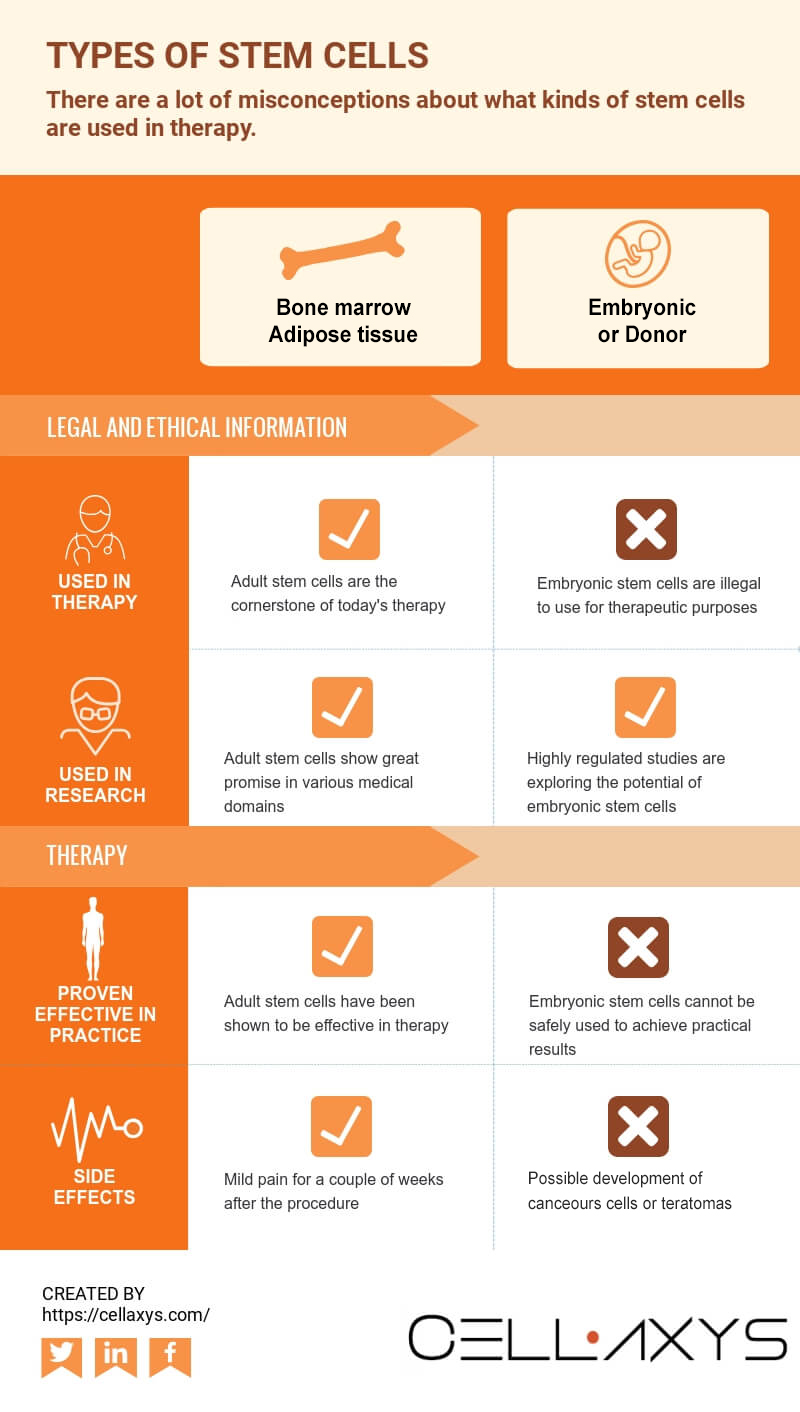
[/image][=video]
[/video]
There are lots of sorts of stem cells. In basic, the term stem cell refers to a category of cells that give rise to other cells (like skin, blood, heart, and muscular tissue cells) by replicating and differentiating in action to chemical cues. Totipotent stem cells show up at the earliest stage of growth and are the only stem cells which can generate embryonic stem cells and the placenta.
Bone marrow transplant (BMT) is an unique therapy for patients with specific cancers or various other illness. A bone marrow transplant entails taking cells that are typically found in the bone marrow (stem cells), filtering those cells, and providing back either to the contributor (client) or to an additional person. The objective of BMT is to transfuse healthy and balanced bone marrow cells right into a person after his or her very own harmful bone marrow has actually been treated to eliminate the abnormal cells.
Bone marrow is the soft, spongy cells located inside bones. It is where many of the body's blood cells establish and are kept. The blood cells that make other blood cells are called stem cells. The most primitive of the stem cells is called the pluripotent stem cell. This is different than various other blood cells when it come to the following buildings: It is able to duplicate one more cell similar to itself.
It is the stem cells that are needed in bone marrow transplant. The goal of a bone marrow transplant is to treat several illness and sorts of cancer. When the doses of radiation treatment or radiation needed to heal a cancer are so high that an individual's bone marrow stem cells will be completely damaged or destroyed by the therapy, a bone marrow transplant might be needed.
Stem Cell Therapy
This process is frequently called rescue. Replace bone marrow with genetically healthy and balanced working bone marrow to stop even more damage from a hereditary disease process (such as Hurler's disorder and adrenoleukodystrophy). The dangers and advantages must be evaluated in a thorough discussion with your doctor and professionals in bone marrow transplants prior to the procedure.
There are various kinds of bone marrow transplants depending upon who the donor is. The various sorts of BMT consist of the following: The contributor is the individual himself or herself. Stem cells are drawn from the patient either by bone marrow harvest or apheresis (a procedure of accumulating peripheral blood stem cells), icy, and after that returned to the person after intensive therapy.
The benefactor shares the exact same genetic type as the person. Stem cells are taken either by bone marrow harvest or apheresis from a genetically matched contributor, normally a bro or sibling. Other donors for allogeneic bone marrow transplants may consist of the following: A haploid-identical match is when the benefactor is a parent and the hereditary suit goes to least half the same to the recipient.

Matching entails typing human leukocyte antigen (HLA) tissue. The antigens on the surface area of these unique white blood cells determine the hereditary makeup of an individual's body immune system. There go to the very least 100 HLA antigens; nevertheless, it is thought that there are a few major antigens that establish whether a donor and recipient suit.
Medical research is still exploring the function all antigens play in the process of a bone marrow transplant. The even more antigens that match, the much better the engraftment of given away marrow. Engraftment of the stem cells happens when the contributed cells make their method to the marrow and begin making new members cells.
Regenerative Therapy local to Romulus
All people collaborate to give the ideal possibility for a successful transplant. The group contains the following: Medical care carriers who concentrate on oncology, hematology, immunology, and bone marrow transplantation. A nurse that organizes all aspects of treatment provided before and after the transplant. The nurse coordinator will give person education, and collaborates the analysis screening and follow-up care.
Experts who will help you satisfy your dietary requirements prior to and after the transplant. Numerous various other group members will assess you before transplant and will offer follow-up care as needed.

A total clinical history and physical test are carried out, including numerous tests to assess the patient's blood and organ features (for instance, heart, kidney, liver, and lungs). A client will commonly enter into the transplant center approximately 10 days before transplant for hydration, analysis, placement of the main venous line, and various other prep work.
For an allogeneic transplant, an ideal (cells entered and matched) benefactor has to be readily available. Volunteer marrow contributors are signed up in numerous nationwide and international pc registries.
Benefactor sources available include: self, brother or sister, moms and dad or family member, nonrelated person, or umbilical cord from a related or nonrelated person. There are national and global pc registries for nonrelated individuals and cord blood.
Menopause Treatment
Examinations connected to his/her wellness, exposure to infections, and hereditary analysis will certainly be done to identify the degree of the suit. The contributor will be given directions on exactly how a bone marrow contribution will certainly be made. When a suit for an individual needing a bone marrow transplant is discovered, after that stem cells will certainly be gathered either by a bone marrow harvest.
Or by a peripheral blood stem cell collection. This is where stem cells are gathered from the distributing cells in the blood.
Navigation
Latest Posts
Regenerative Therapy local to Romulus, Michigan
Medical Group
Stem Cell Therapy